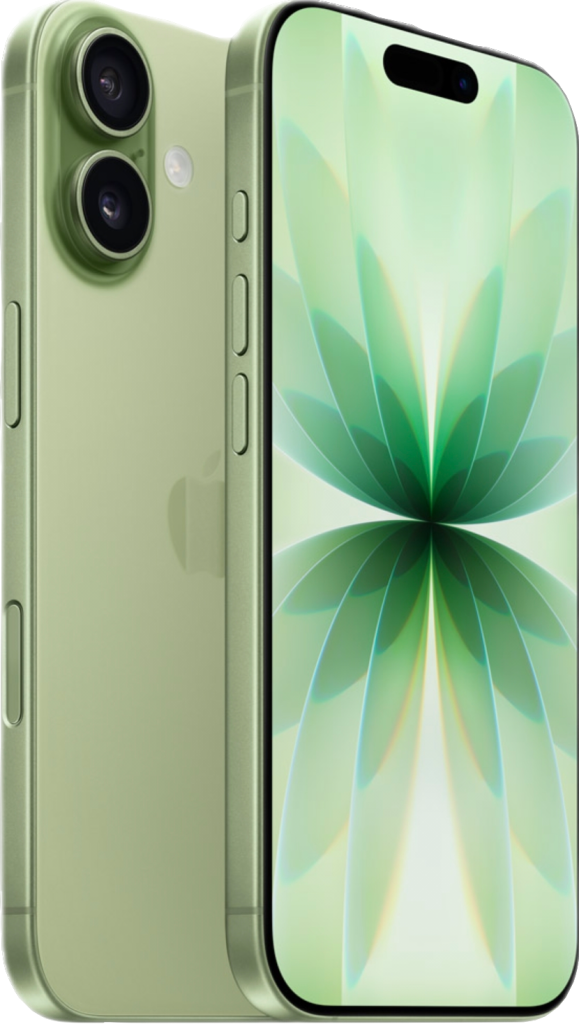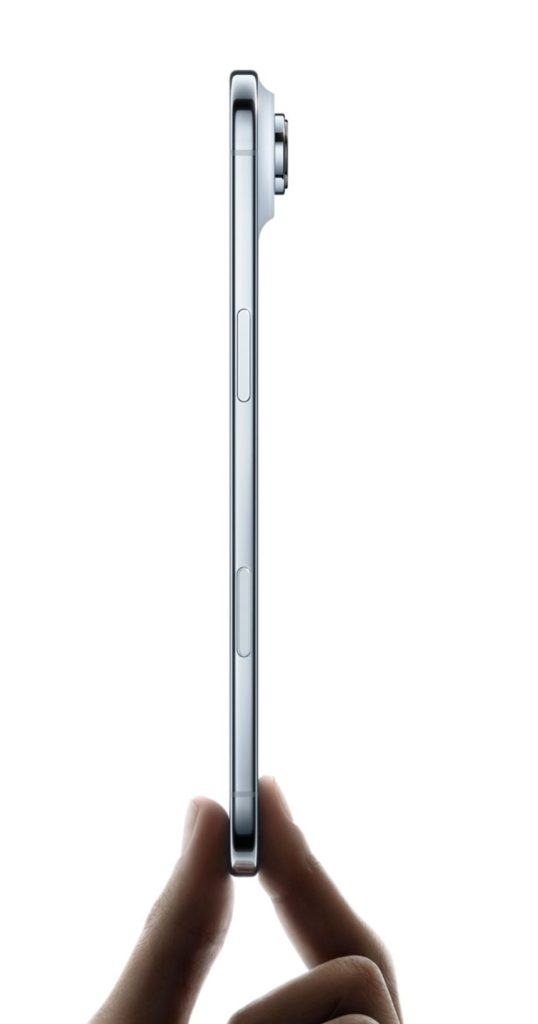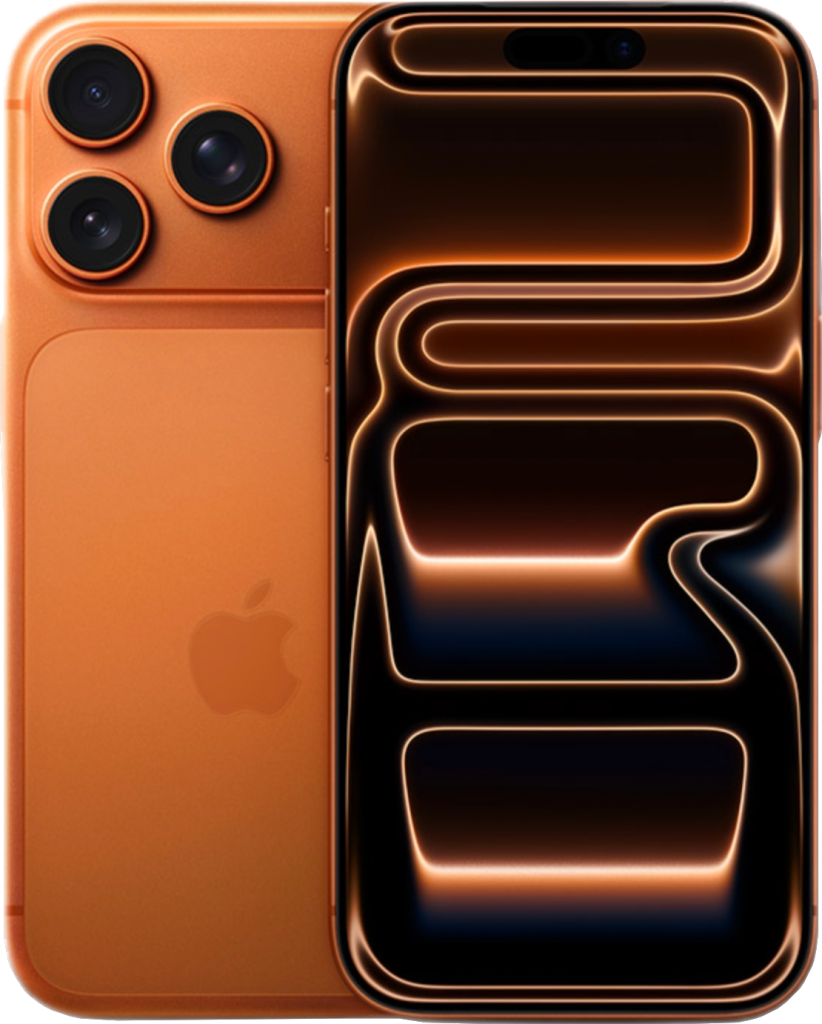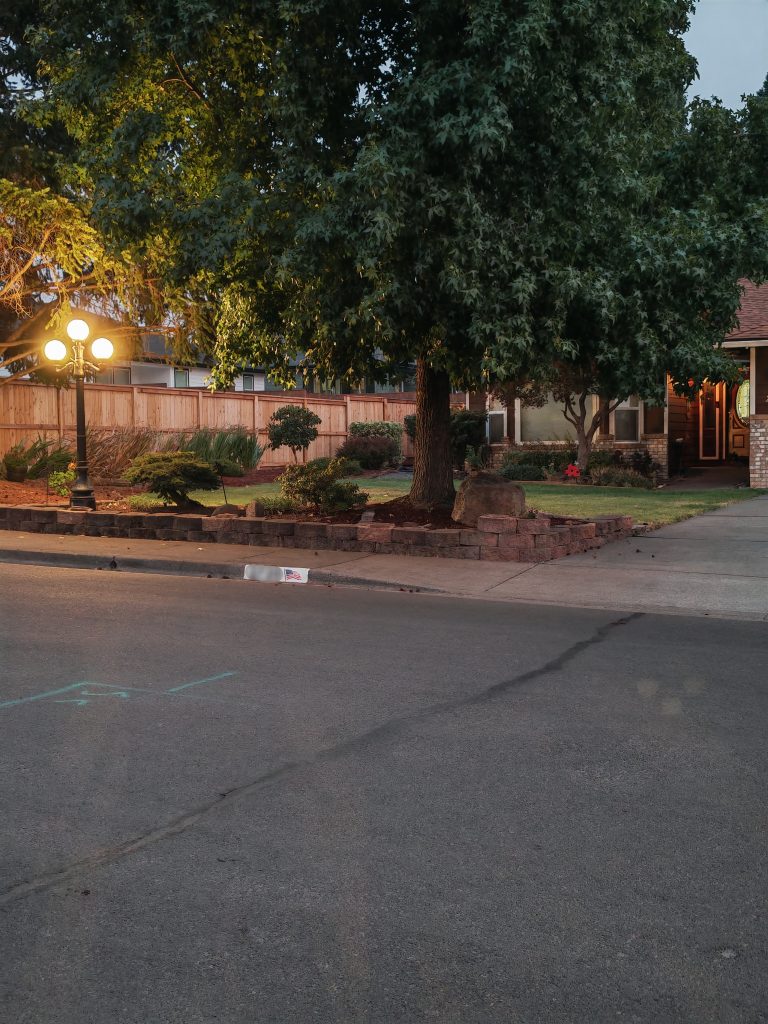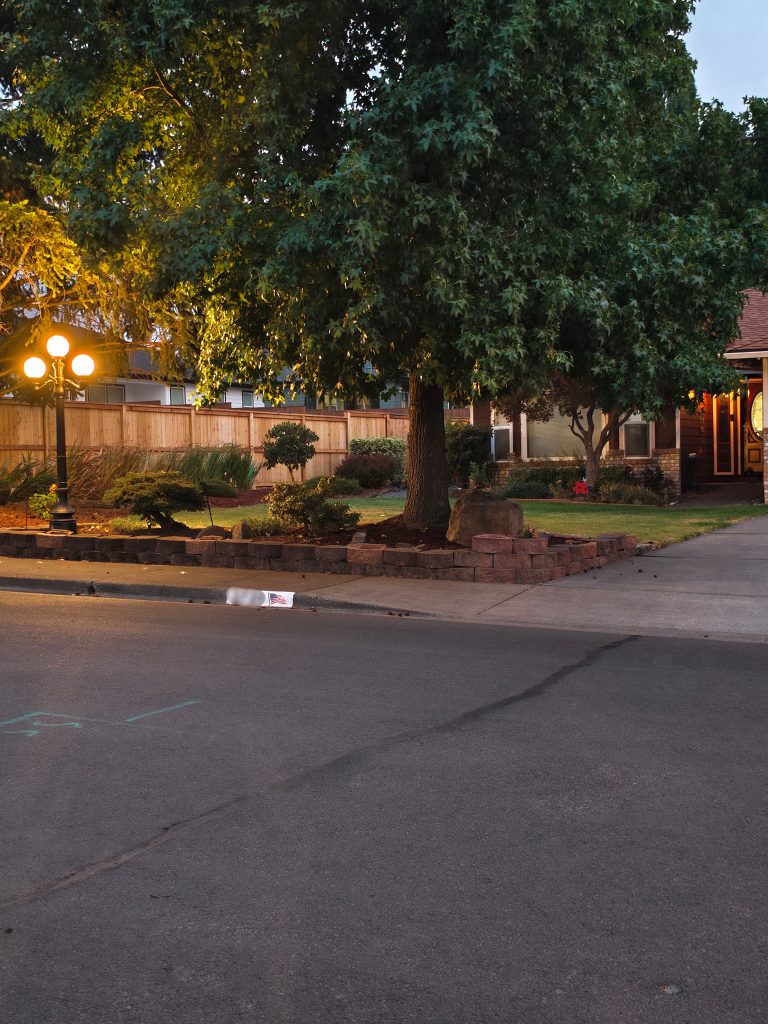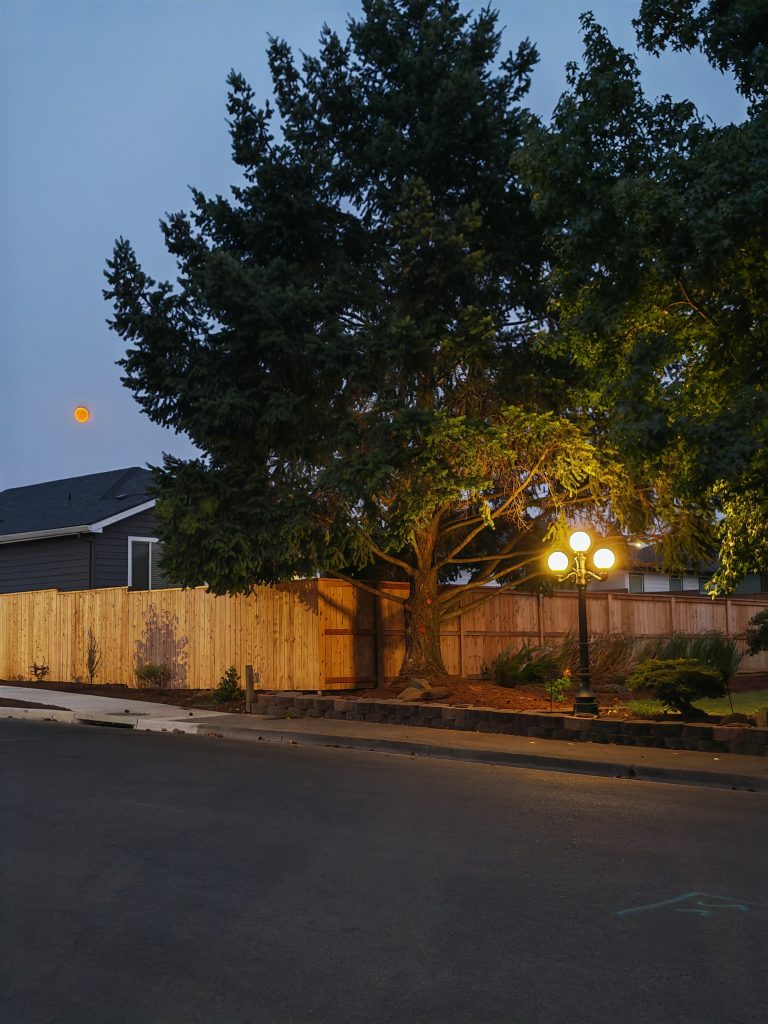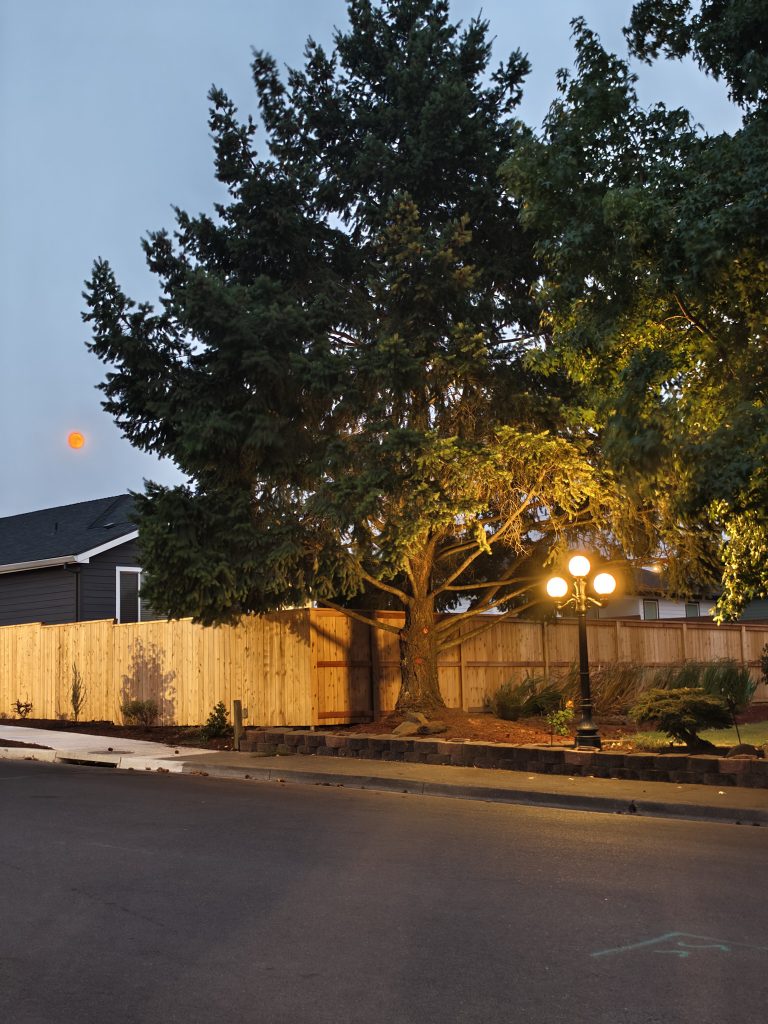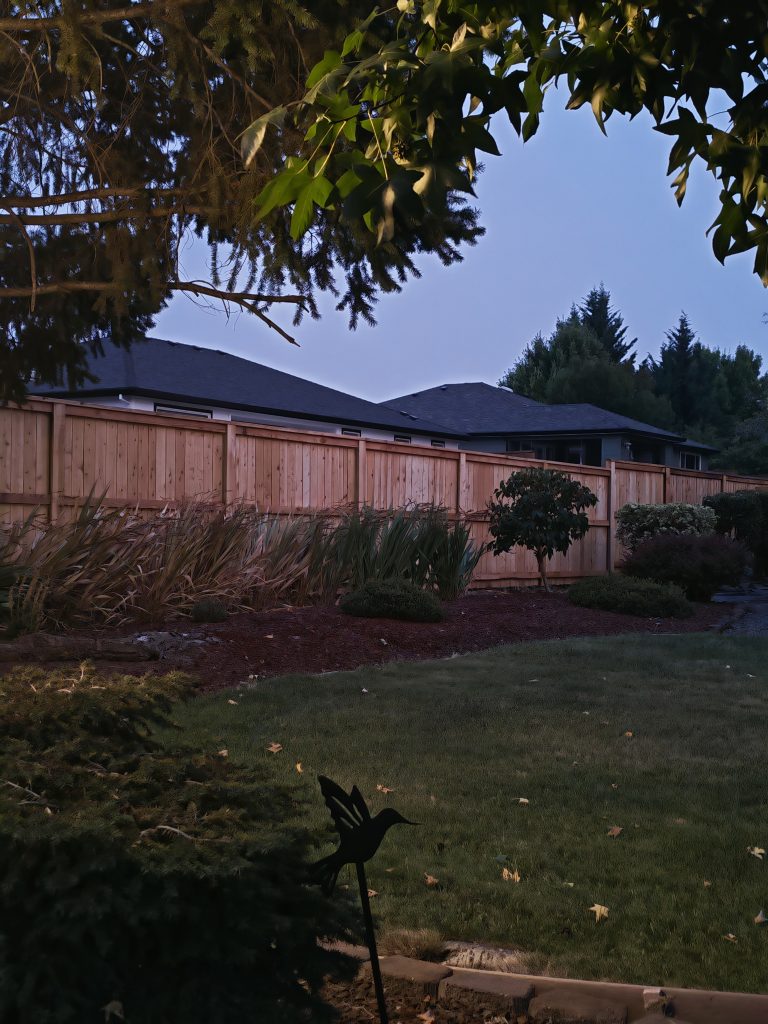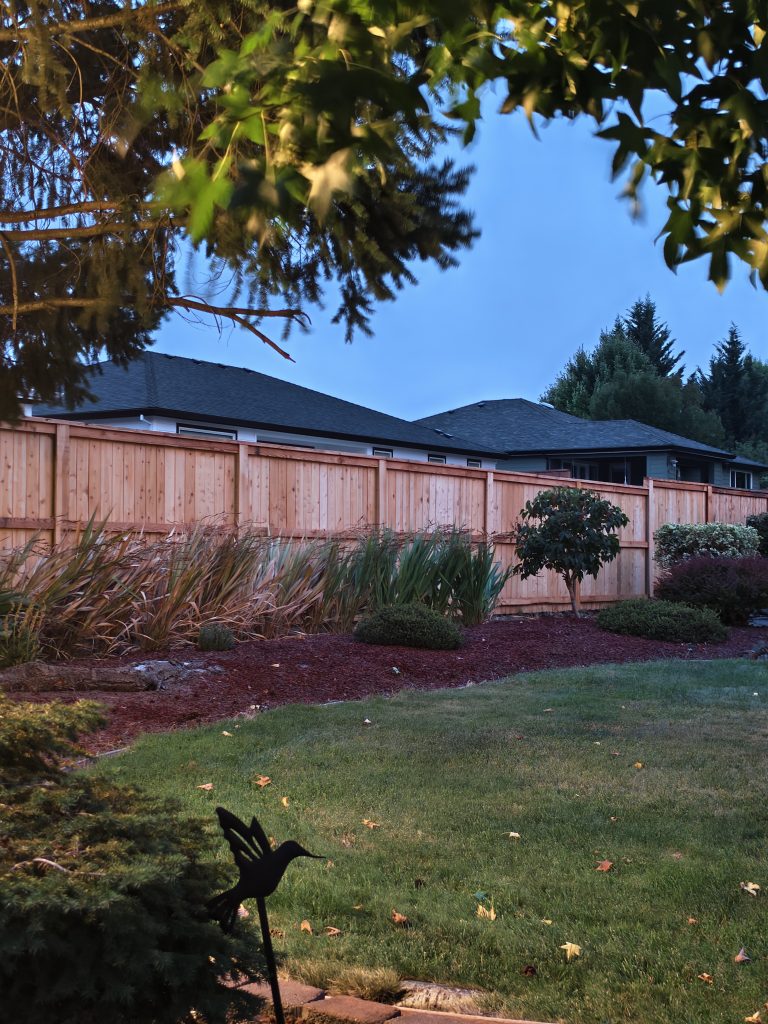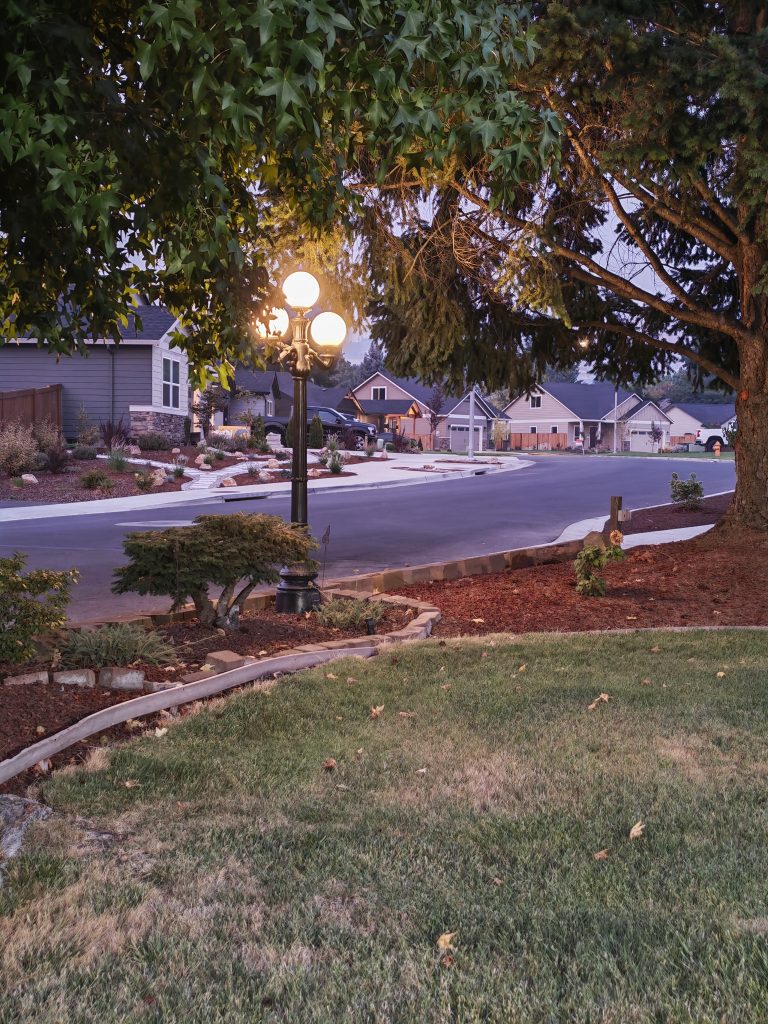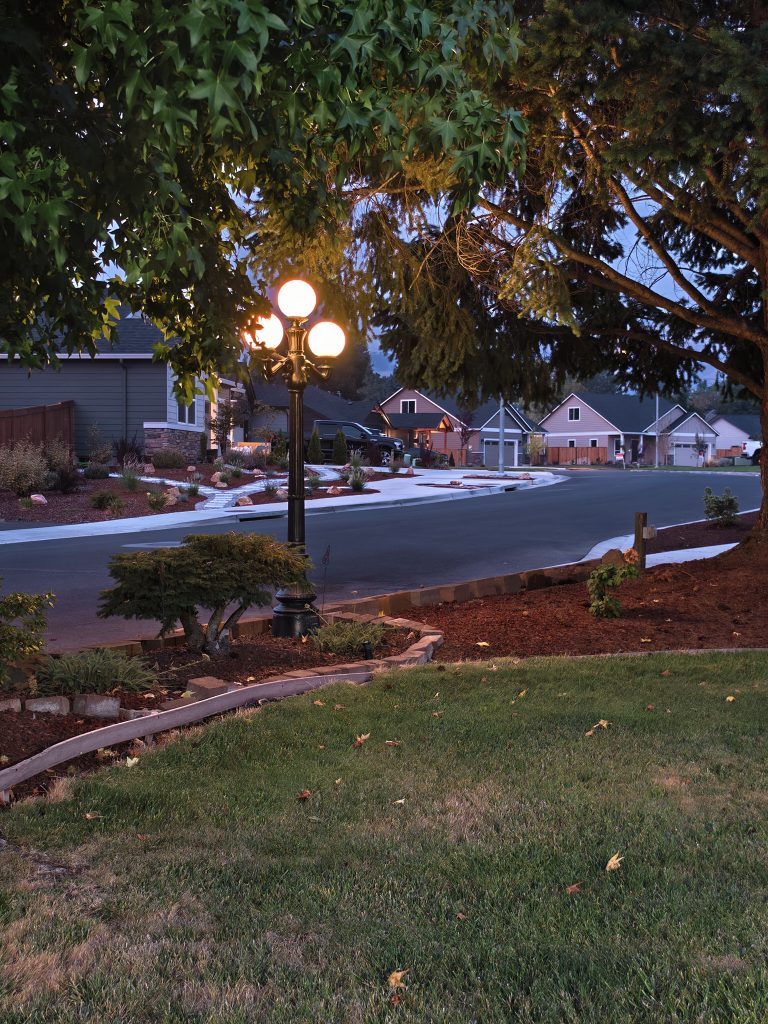Hello and welcome back to GOT! Today we’re diving into the long-awaited battery drain test — a real-world showdown between some of the top smartphones out right now. This lineup is stacked: the Honor Magic V3, Honor Magic V5, Vivo X Fold 5, Samsung Z Fold 7, Samsung S25 Ultra, iPhone 17 Pro, iPhone 16 Pro, Pixel 9 Pro Fold, and Pixel 10 Pro.
Now before we jump in, let’s get something out of the way — this kind of testing is not an exact science. Everyone’s results may vary, depending on your settings, apps, and how you use your phone day-to-day. My goal here isn’t to crown a “perfect” winner but to see which phone drops out first when they all face the same set of draining obstacles.
Is this testing “fair”? Not by a long shot. There’s really no such thing as a perfectly fair comparison unless you’re testing multiple copies of the exact same phone. Every phone here has unique hardware, software, and optimizations, which means they’ll perform differently under identical conditions. That’s what makes this so interesting — seeing how each brand’s design decisions translate into real-world endurance.
The Setup
To keep things as level as possible, I removed the SIM cards from all devices so they’d run on Wi-Fi only — that way, they’d still receive notifications like a typical user setup without cellular variation. Brightness levels were manually adjusted to match as closely as possible (no fancy light meters here — just the old-fashioned eyeball test).
We started the day fully charged — well, almost. The Z Fold 7 wasn’t plugged in overnight and started at 23%, so I gave it a full top-up before kicking things off. Once everything hit 100%, the test began.
The Plan
This wasn’t just a simple “play a video until they die” test. We ran a mix of daily use and stress scenarios to reflect real-world battery drain:
- Video streaming: Hours of YouTube playback (looping my channel, of course)
- Benchmarking: 3DMark Extreme tests to simulate heavy gaming
- 4K video recording: 30-minute clips to generate heat and workload
- Rendering: Exporting 4K footage on each device
- Standby time: A few hours idle to track passive drain
Every step was timed, logged, and checked for heat using an infrared thermometer.
Early Results: Holding Strong
After the first few hours of video playback, most phones were still in the mid-to-high 90% range. As usual, iPhones stayed at 100% longer than most before dropping quickly later — typical Apple behavior.
When we hit the standby phase, two phones surprised me: the iPhone 17 Pro dropped 4%, and the Pixel 9 Pro Fold dropped 7% — quite a bit for doing absolutely nothing.
Mid-Test Performance & Heat
Next came 4K video rendering — something I do often when editing content. This phase really separates the cool-running phones from the hotheads. The S25 Ultra hit 99°F, while both iPhones ran hot, peaking over 106°F, and slowing down their render speeds significantly.
By the halfway mark:
- Vivo X Fold 5 led with 65% remaining
- Honor Magic V5 followed at 63%
- Z Fold 7 impressed at 61%
- iPhones trailed around 49–58%
The real shocker? The Pixel 10 Pro fell behind its older sibling, the Pixel 9 Pro Fold.
The Final Stretch
As hours ticked by, the weaker batteries began to fade:
- iPhone 16 Pro tapped out first at 8 hours, 5 minutes
- Pixel 10 Pro followed at 8 hours, 22 minutes
- Honor Magic V3 held strong at 8 hours, 44 minutes
- S25 Ultra exited at 8 hours, 46 minutes
- Z Fold 7 stunned everyone, surviving 9 hours, 44 minutes
That’s right — the Z Fold 7, often criticized for average endurance, outlasted its Ultra sibling by nearly an hour!
Then came the top contenders. The iPhone 17 Pro lasted 9 hours, 26 minutes, while the Vivo X Fold 5 made it to 11 hours, 11 minutes. But the Honor Magic V5 pushed just a bit further, taking the win at 11 hours and 22 minutes — an incredible performance considering its slightly smaller 5820 mAh battery versus Vivo’s 6000 mAh.
Final Rankings
| Rank | Device | Battery Size (mAh) | Total Runtime |
|---|---|---|---|
| 🥇 1st | Honor Magic V5 | 5820 mAh | 11 hrs 22 min |
| 🥈 2nd | Vivo X Fold 5 | 6000 mAh | 11 hrs 11 min |
| 🥉 3rd | Samsung Z Fold 7 | 4400 mAh | 9 hrs 44 min |
| 4th | iPhone 17 Pro | ~3998 mAh (est.) | 9 hrs 26 min |
| 5th | Samsung S25 Ultra | 5000 mAh | 8 hrs 46 min |
| 6th | Honor Magic V3 | 5150 mAh | 8 hrs 44 min |
| 7th | Pixel 9 Pro Fold | 4650 mAh | 8 hrs 22 min |
| 8th | Pixel 10 Pro | 4870 mAh | 8 hrs 22 min |
| 9th | iPhone 16 Pro | ~3582 mAh (est.) | 8 hrs 05 min |
Takeaways
This test reinforced one big truth: real-world battery life isn’t just about capacity. Optimization, cooling, and software efficiency make a massive difference. The Honor Magic V5 and Vivo X Fold 5 showed that foldables can go the distance, and the Z Fold 7 shocked me with how far it’s come in endurance.
Meanwhile, Apple’s iPhones, while efficient, seem to struggle under extended heavy use, especially when heat builds up. And Google’s latest Pixel still has some catching up to do.
But again — your mileage may vary. Different settings, apps, or usage patterns will lead to different results. This was one creator’s attempt to simulate a demanding day across multiple flagship devices — not a lab test, just a real-world stress test to see who survives the grind.
So what do you think — were you surprised by the outcome? Which one do you think deserves the battery crown? Drop your thoughts below, and stay tuned for my next video: the charging speed test to see which of these phones powers back up the fastest.

